Netaji sent written messages in bread slices through his attendant - GetBengal story
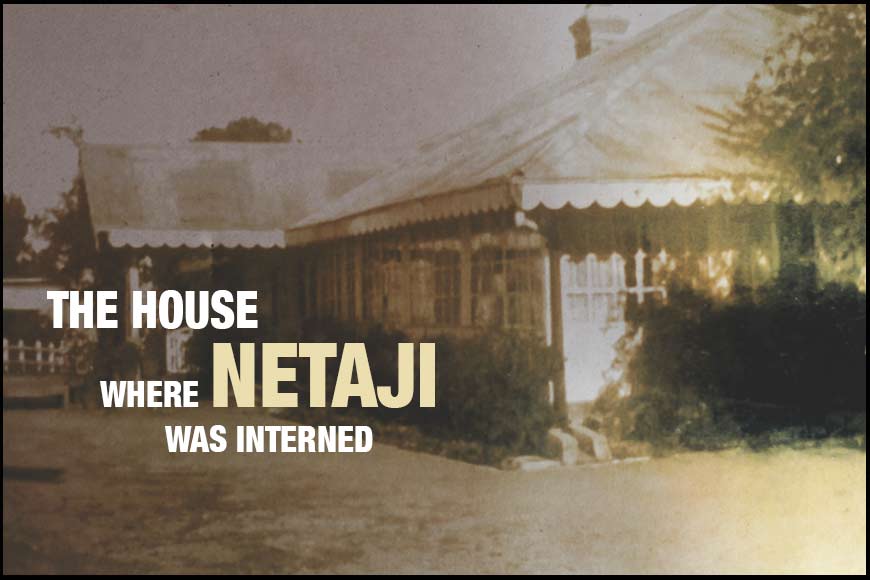
Did you have any clue about Netaji Subhas Chandra Bose’s breakfast love? Well, he loved to eat bread and pudding and was in for a proper English breakfast during his internment period that he spent at Kurseong’s Gidda Pahar (hills) in 1936. But why this preference? Was it just to suit his taste buds or did it have some other secret motive? Don’t think, he ate all the bread slices given to him. He returned some to his attendant with a special purpose.
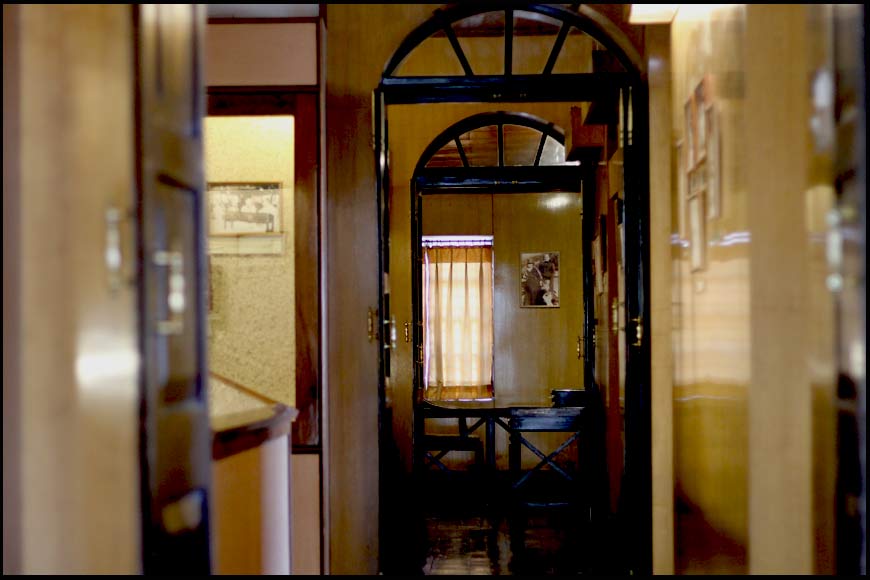 A shot of the museum
A shot of the museum
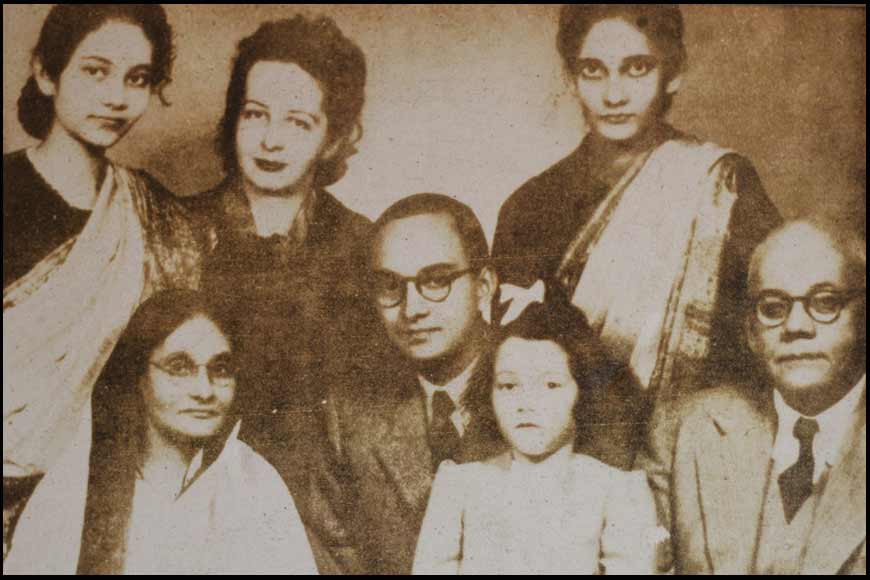 Family Group photo in Vienna, November 1948. Sitting--Bibhabati, Sisir Kumar, Anita and Sarat Chandra. Standing-Roma, Emilie and Chitra
Family Group photo in Vienna, November 1948. Sitting--Bibhabati, Sisir Kumar, Anita and Sarat Chandra. Standing-Roma, Emilie and Chitra
Netaji’s most trustworthy attendant Kalu Singh Lepcha knew what to do with them. Inside the bread slices, there were letters hidden meant to reach his family residence in Kolkata. Prohibited by the British government, the letters were then hidden inside his shoe sole by Kalu Singh Lepcha, who then travelled all the way from Gidda Pahar (hills) to Kolkata. He used to stay at the Elgin Road house that has been turned into Netaji Bhavan, for a couple of days, then collect the reply letters from Netaji’s family members and return to the hills. He would serve the letters from family members in Kolkata hidden in the bread to Netaji back.
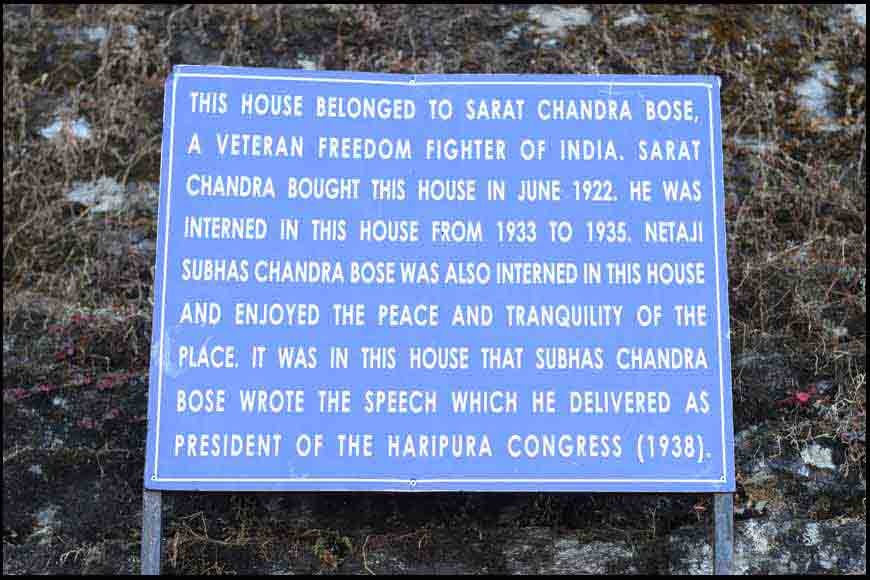
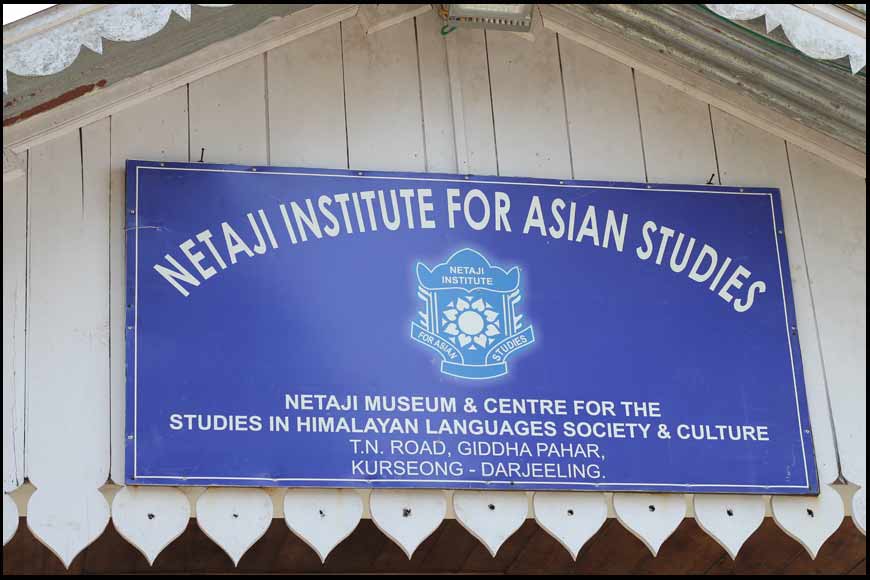
Netaji’s most trustworthy attendant Kalu Singh Lepcha knew what to do with them. Inside the bread slices, there were letters hidden meant to reach his family residence in Kolkata. Prohibited by the British government, the letters were then hidden inside his shoe sole by Kalu Singh Lepcha, who then travelled all the way from Gidda Pahar (hills) to Kolkata.
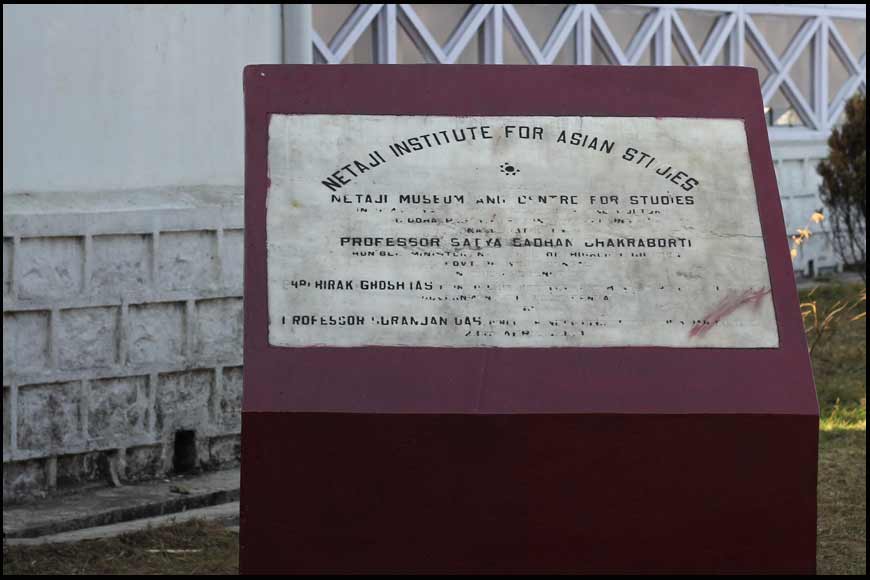
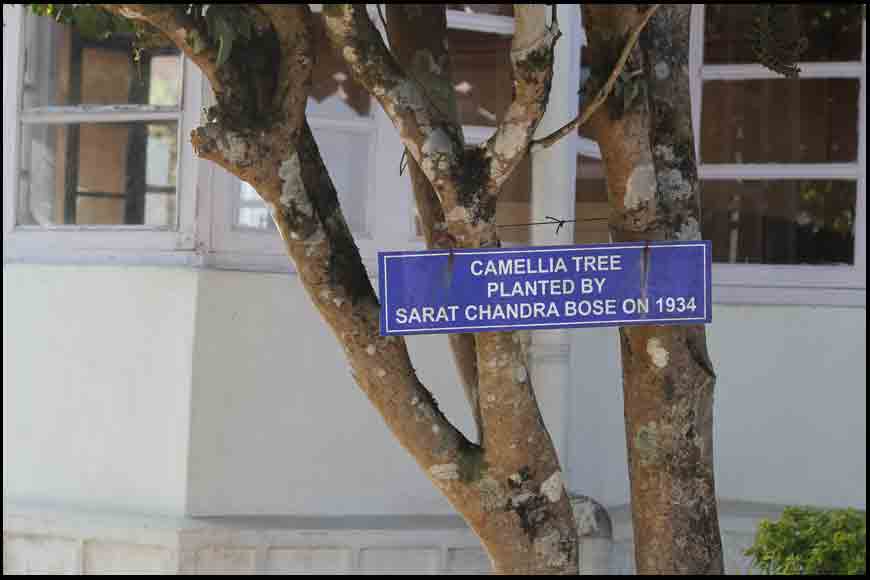
As GetBengal got the opportunity to speak to Ganesh Pradhan, Office-in-charge of Netaji Museum & Centre for Studies in Himalayan Languages in Kurseong’s Gidda Pahar (hills), one got to learn many unknown real-life stories about Netaji. Kalu Singh’s daughter Moti Maya Lepcha had shared these anecdotes with Pradhan. The historic house in Gidda Pahar (hills), a hilly hamlet of Kurseong, has special connection with Netaji Subhas Chandra Bose and his family. Held captive in this house for seven months in 1936, Netaji is known to have prepared a draft for the Haripura Congress Session held in Gujarat, during his stay in Kurseong.
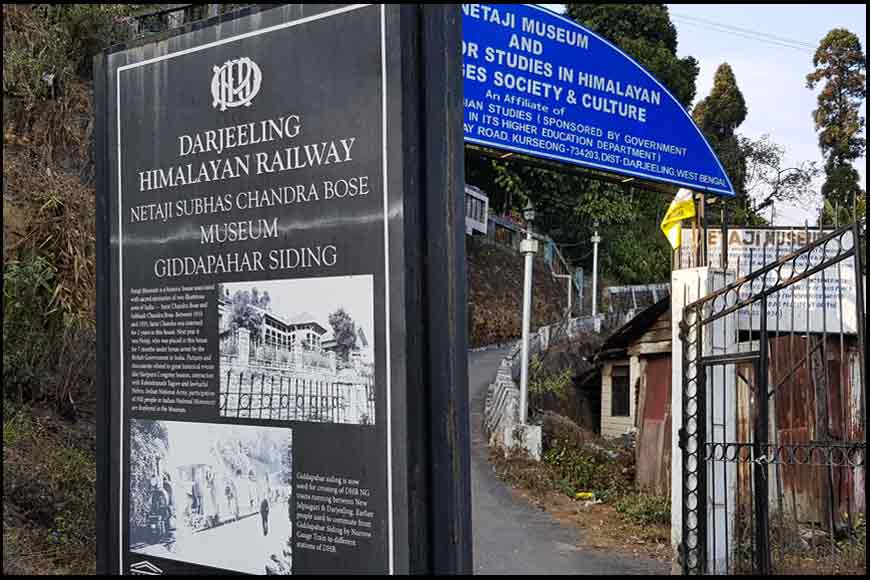
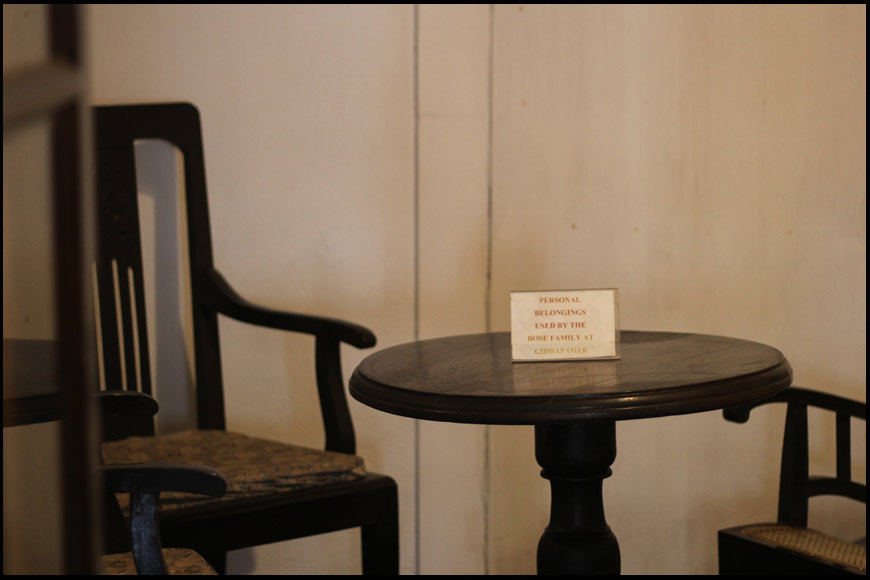 Personal belongings used by the Bose family at Giddha Hills
Personal belongings used by the Bose family at Giddha Hills
The Indian National Congress met at Haripura session in Surat in February 1938, under the Presidency of Subhas Chandra Bose. He was elected President of the Haripura Congress Session in 1938. The house has special significance in the history of Indian freedom struggle as Netaji prepared his draft for Haripura Congress from this very house.
“We have preserved some important parts of the draft for the Haripura session written here by Netaji in our Museum,” Pradhan said.
Another milestone in this house -- Deshbandhu Chittaranjan Das and his wife Basanti Devi had spent a day in this house in 1925 with Sarat Chandra Bose, only few weeks before Chittaranjan’s death in that year.
Netaji is known to have written 26 letters from Gidda Pahar (hills), out of which 11 letters were written to Emilie Schenkl. He also communicated with Rabindranath Tagore and Jawaharlal Nehru about the Bande Mataram song controversy during his stay in this house. This historical house in Kurseong’s Gidda Pahar (hills) was bought by Netaji’s elder brother Sarat Chandra Bose from one Rowley Lascelles Ward in 1922. Sarat Chandra Bose had spent two years from 1933 to 1935 interned in this house.
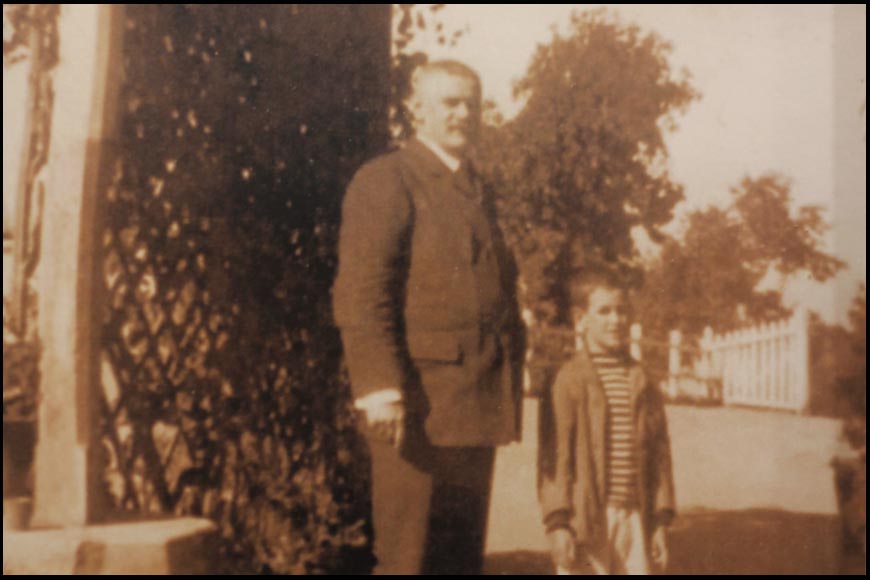 Retired Rowley Lascelles Ward with his eldest son at Giddapahar sometime between 1902 and 1912
Retired Rowley Lascelles Ward with his eldest son at Giddapahar sometime between 1902 and 1912
Another milestone in this house -- Deshbandhu Chittaranjan Das and his wife Basanti Devi had spent a day in this house in 1925 with Sarat Chandra Bose, only few weeks before Chittaranjan’s death in that year. “From 1922 to 1937, Netaji Subhas Bose, Sarat Bose, his wife and the entire family used to visit Gidda Pahar (hills) house frequently. We have preserved rare photographs of the family members and also Emily Schenkl’s photos in the museum,” Pradhan elaborated.
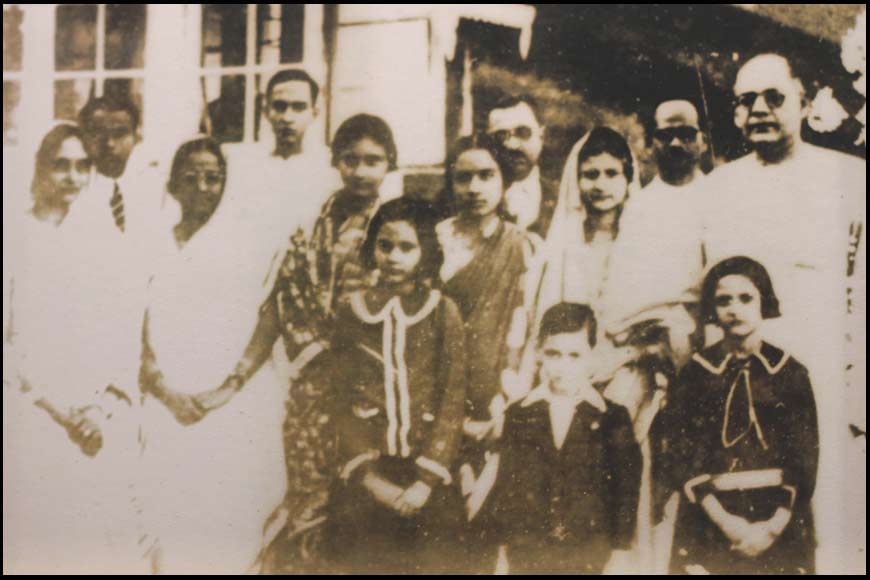 Sarat Chandra Bose with family and friends at Gidda Pahar
Sarat Chandra Bose with family and friends at Gidda Pahar
The study room of Netaji has been preserved well with his chair and table, where the iconic freedom fighter used to sit and write. Pradhan has many more stories to tell about Netaji’s memorable stay in this house. “When Netaji was interned in this house, he was not allowed to meet people. He used to go for morning and evening walks with his three pet dogs. British Police also accompanied him. He was not allowed to speak to outsiders except the milkman, cook and attendants.”
Sarat Chandra Bose and his family used to stay in this house frequently after his release from the prison in 1945. The family had spent their holidays in Gidda Hills with family members for the last time in 1954, after which the house was left unused for almost three decades.
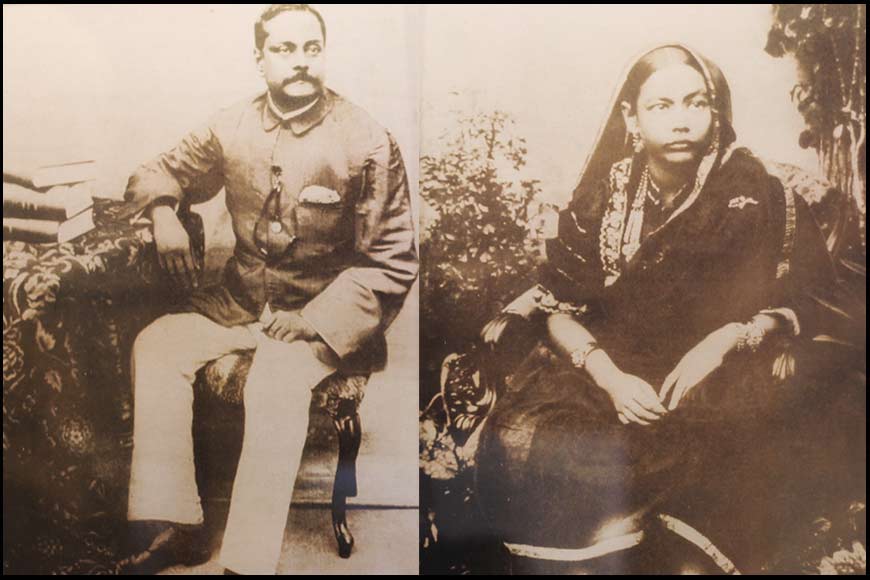 Subhash Chandra Bose's parents Janaki Nath Bose and Prabhabati Devi
Subhash Chandra Bose's parents Janaki Nath Bose and Prabhabati Devi
But Netaji loved the local children. He would often sit with the children and give them chocolates. The children, among whom Moti was also present, loved Netaji. He used to talk with them in Hindi for hours and loved their company. “I have heard many stories from Moti, Kalu Singh Lepcha’s daughter, who also worked here. She said how Netaji would easily mingle with children and loved their company. Moti had worked in this house throughout her life,” Pradhan said.
Sarat Chandra Bose and his family used to stay in this house frequently after his release from the prison in 1945. The family had spent their holidays in Gidda Pahar (hills) with family members for the last time in 1954, after which the house was left unused for almost three decades. It was later restored by the West Bengal Government.
-and-Sisir(right)-at-Gidda-Pahar,-June-1936.jpg) Subhash Chandra Bose with nephews Amiya(left) and Sisir(right) at Gidda Pahar, June 1936
Subhash Chandra Bose with nephews Amiya(left) and Sisir(right) at Gidda Pahar, June 1936
“Sarat Chandra Bose and his family’s visit to Giddapahar was a huge affair. They would visit the house with many family members, attendants, cook and so on. There are family photos of Sarat Bose and his family in the museum,” Pradhan said.
The Museum and Centre for Studies in Himalayan Languages was set up in the house by Netaji Institute for Asian Studies. In 1996, following the initiative of the West Bengal government and the historic house was restored and renovated and handed to Netaji Institute for Asian Studies, Kolkata. It was then converted into Netaji Museum and Centre for Studies in Himalayan Languages, Society and Culture, which was formally inaugurated on 23 April 2000.










